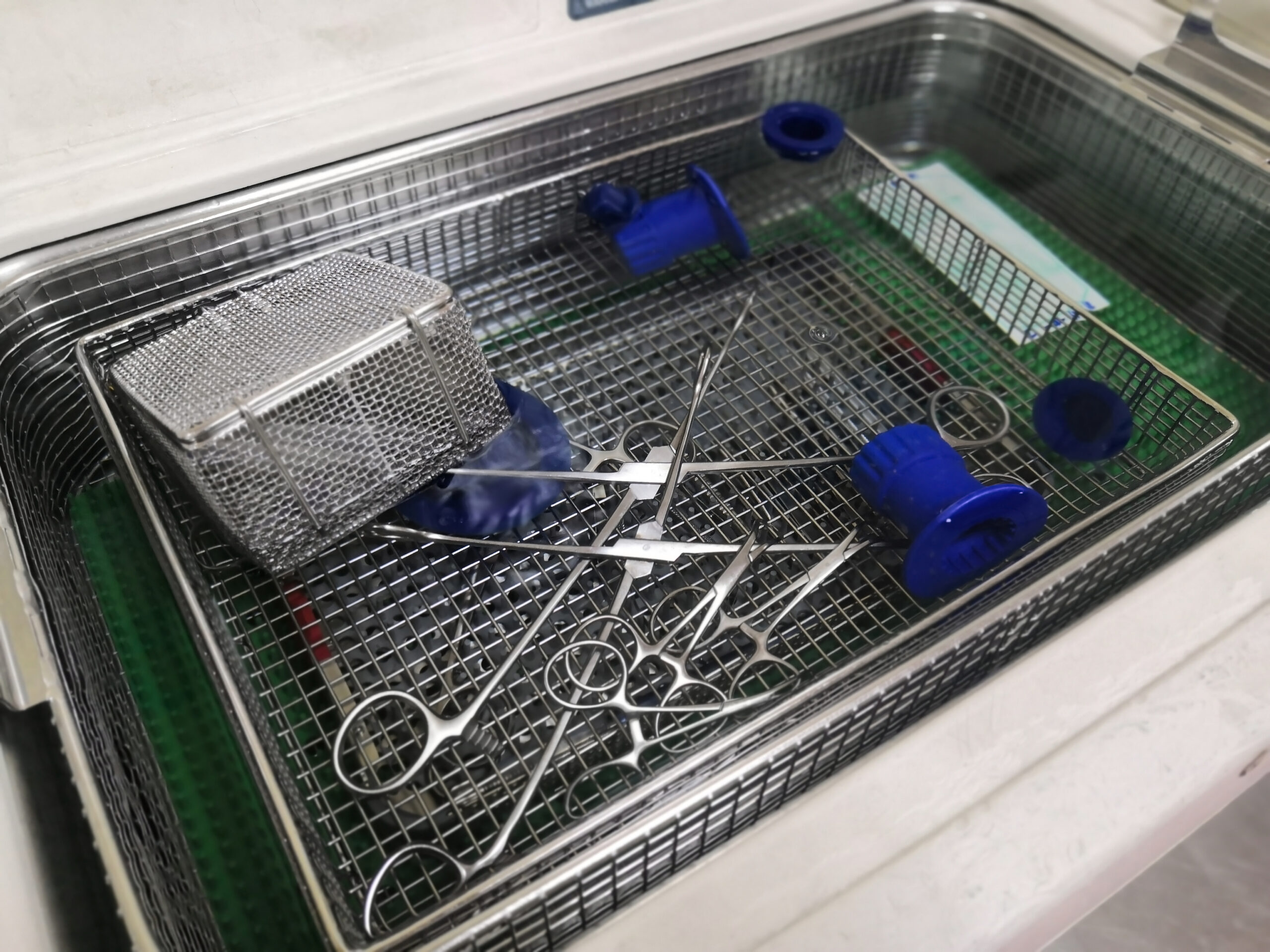CensiTrac gives clients the tools they need to examine all aspects of their sterile processing and streamline operations. One practice, fraught with peril, is the use of immediate use steam sterilization, or IUSS. Years ago, it was referred to as flash sterilization, referring to the quickest possible time between an instrument being used and making it available to be used again. The flash also referred to an open container that was being sterilized quickly and brought into an OR. Now the containers are closed and the term IUSS was officially adopted in 2009.
Despite the name change, the process provides a lot of room for error and is being actively discouraged in many facilities. The Joint Commission (TJC) has put forth standards that must be followed for IUSS to be used. For instance, if the instruments being sterilized are being used on a patient, the facility has to be able to trace them to the patient so critical steps can be done and documented:
- Decontamination and cleaning
- Sterilization
- Transfer of the items
- Frequency of use
Because audits frequently turn up a lack of documentation and proper recordkeeping around the practice, AAMI (The Association for the Advancement of Medical Instrumentation) supports minimal use of the practice, if it’s used at all. It is frequently overused, misused and increases the risk of postoperative infections.
Understanding Your Use of IUSS
Censis client managers can help their customers track their use of IUSS, and help them develop strategies for reducing it. IUSS does present some benefits, like covering for the late arrival of loaner equipment. But The Joint Commission states that not having enough instruments in inventory is not an acceptable reason for IUSS.
The lack of replacement instruments could mean that a procedure has to be stopped for an hour or more while the contaminated instrument is washed, sterilized, cooled, and transported to its destination. Not many hospitals can afford that interruption, which means there is a strong possibility that steps were skipped in the service of expediency.
Good recordkeeping can highlight the trends for IUSS in your facility, including:
- Who is doing IUSS? In some facilities, the OR does its own IUSS. It may not have a mechanical washer up there so the item might not have been properly cleaned. That item, when sterilized, can create a harmful biofilm. Policy changes can ensure that any IUSS that is done is done in SPD, where all steps can be taken and documented.
- Why are you doing IUSS? Each facility should have enough instruments that they can grab a sterilized substitute for one that is contaminated without resorting to IUSS. Making the case for that is possible through good data. For example, if your facility does 12 rectal procedures a day but only has five rectal trays, there is no time to fully process them without the use of IUSS. Purchasing additional trays prevents having to resort to IUSS. A CensiTrac utilization report details what instruments you don’t have replacements for, and how often in a day or other time frame they are used. This information combined with identifying trends and patterns is the first step to reducing its use.
- Is there a trend? You may find a trend in a set commonly having a hole in a wrapper and now you know it needs corner protectors or to be placed in a rigid container. Perhaps the same tech continually forgets to add the chemical integrator to the set during assembly. Perhaps the OR is too small for the type of procedure being performed, and those procedures could be slotted into a different room.
- How are you documenting IUSS? IUSS should be considered a last resort, and doing it right comes down to:
- Policies
- Training
- Monitoring of Compliance
Having a specific IUSS policy and training guidelines is the way to reduce use. Be specific on when IUSS can be used, when it can’t, and what types of instruments or equipment can’t be processed via IUSS. Running a weekly IUSS report will help leadership identify trends and improve practice by pointing out errors. Depending on your facility, you may need separate policies for the OR and SPD.
Censis knows that sometimes IUSS has to be done and utilizing CensiTrac can provide the documentation to make sure it is done right and as infrequently as possible. The tools are there to help clients get the data they need to phase it out.


